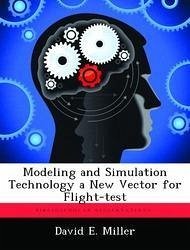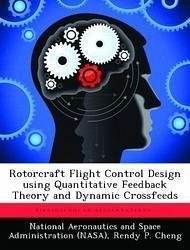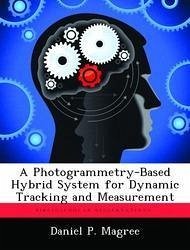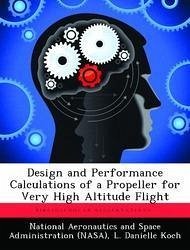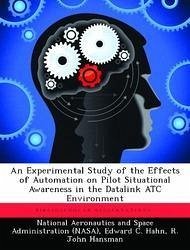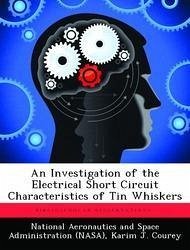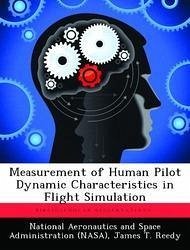
Measurement of Human Pilot Dynamic Characteristics in Flight Simulation
Versandkostenfrei!
Versandfertig in über 4 Wochen
52,99 €
inkl. MwSt.

PAYBACK Punkte
26 °P sammeln!
Fast Fourier Transform (FFT) and Least Square Error (LSE) estimation techniques were applied to the problem of identifying pilot-vehicle dynamic characteristics in flight simulation. A brief investigation of the effects of noise, input bandwidth and system delay upon the FFT and LSE techniques was undertaken using synthetic data. Data from a piloted simulation conducted at NASA Ames Research Center was then analyzed. The simulation was performed in the NASA Ames Research Center Variable Stability CH-47B helicopter operating in fixed-basis simulator mode. The piloting task consisted of maintain...
Fast Fourier Transform (FFT) and Least Square Error (LSE) estimation techniques were applied to the problem of identifying pilot-vehicle dynamic characteristics in flight simulation. A brief investigation of the effects of noise, input bandwidth and system delay upon the FFT and LSE techniques was undertaken using synthetic data. Data from a piloted simulation conducted at NASA Ames Research Center was then analyzed. The simulation was performed in the NASA Ames Research Center Variable Stability CH-47B helicopter operating in fixed-basis simulator mode. The piloting task consisted of maintaining the simulated vehicle over a moving hover pad whose motion was described by a random-appearing sum of sinusoids. The two test subjects used a head-down, color cathode ray tube (CRT) display for guidance and control information. Test configurations differed in the number of axes being controlled by the pilot (longitudinal only versus longitudinal and lateral), and in the presence or absence of an important display indicator called an 'acceleration ball'. A number of different pilot-vehicle transfer functions were measured, and where appropriate, qualitatively compared with theoretical pilot- vehicle models. Some indirect evidence suggesting pursuit behavior on the part of the test subjects is discussed.





